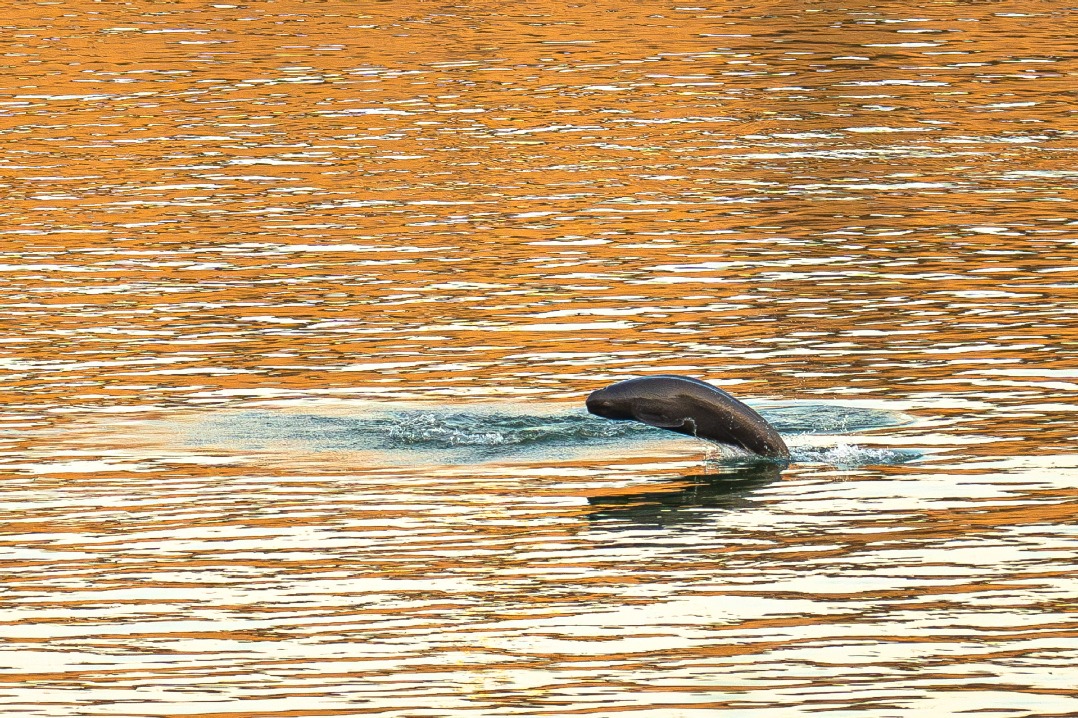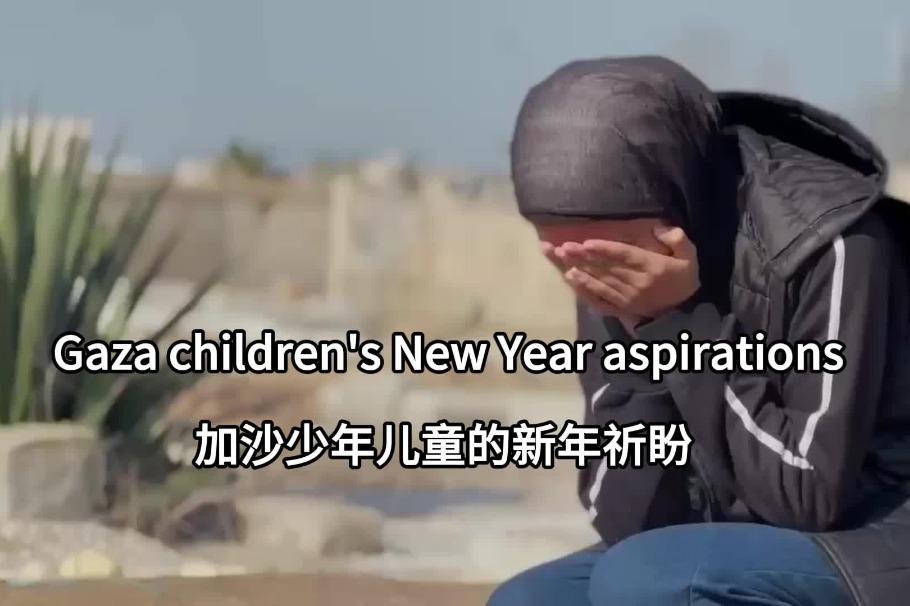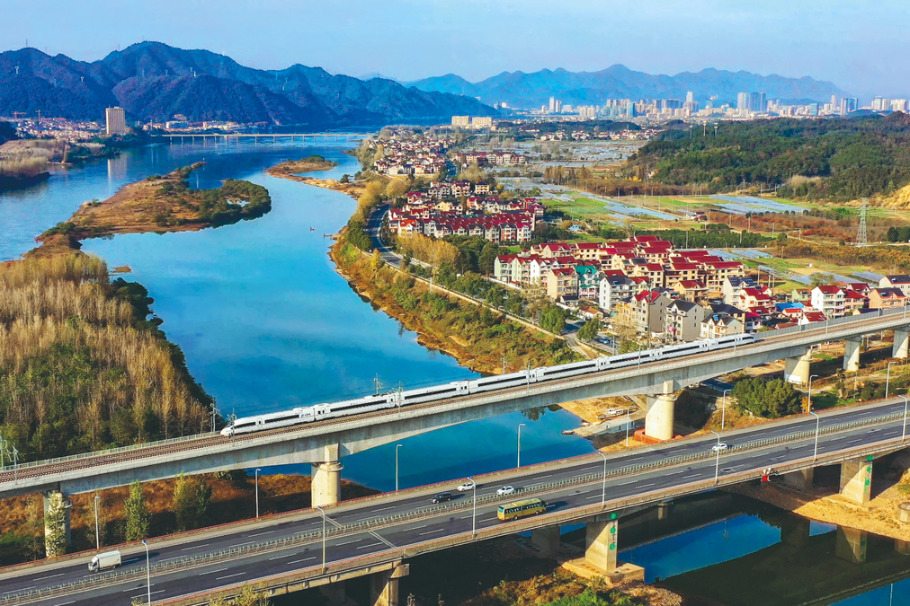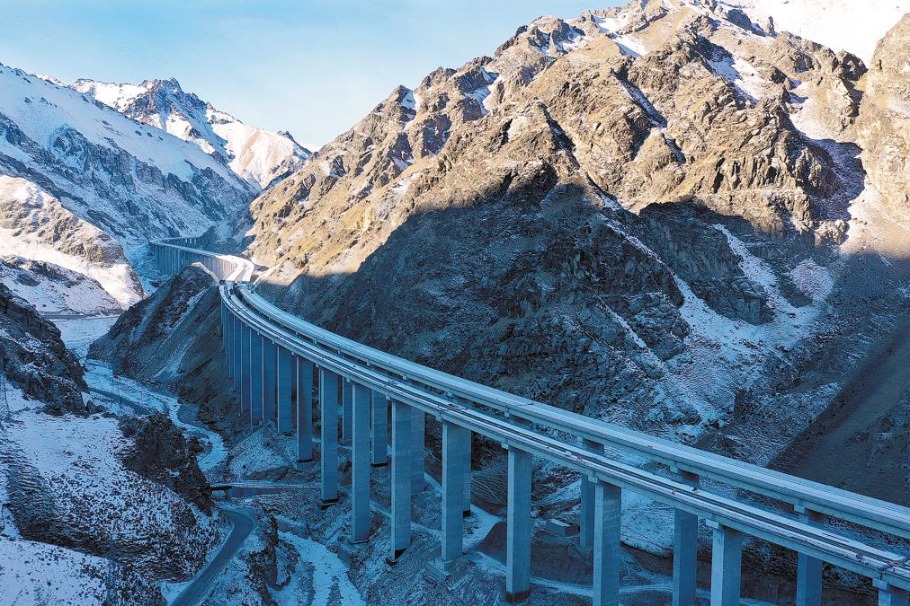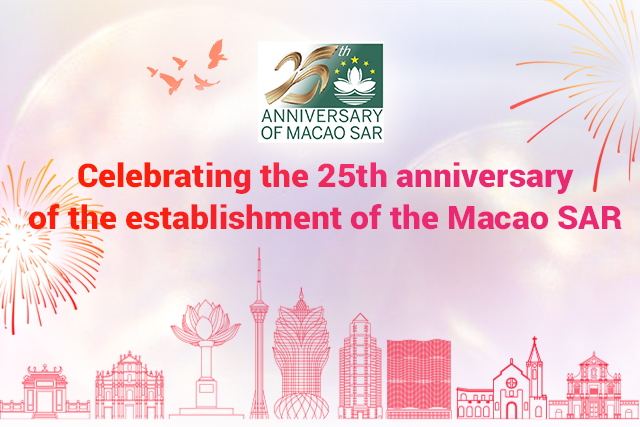Nyingchi - discovering a different side of Tibet
By Bruce Connolly | chinadaily.com.cn | Updated: 2018-01-31 06:53

Nyingchi reveals textbook glacial landscapes. Valley floors are crisscrossed with multitudes of water channels braiding through vast deposits of sand and gravel. Streams and rivers moving with tremendous speed and velocity emerging from countless high-mountain glaciers lose momentum as slopes level out, depositing much of the eroded materials they had transported earlier.
Central to Nyingchi’s geography is one of the world’s mightiest river systems. The Yarlung Tsangpo rises from Angsi Glacier in Tibet’s Burang county, descending in a series of giant steps toward Nyingchi. There it crashes through the dramatic gorges of the “Yarlung Tsangpo Grand Canyon” toward India and Bangladesh, where it is known by names including the Brahmaputra and Jamuna, before discharging into the Bay of Bengal via the vast Ganges Delta.
My journey in 2000 was by road following several sections of the Yarlung Tsangpo – an incredibly spectacular journey for me as a geographer, but to be honest, at times terrifying as well. Tibet’s principal highways have mostly been upgraded, but in 2000 only a few sections were paved. Most were gravel, often perched on ledges cut from cliff faces high above cascading rivers or twisting in countless hairpins, with no safety barriers, up and over prayer-flag-dotted mountain passes. Thankfully Tibetan drivers appeared very skillful in handling situations that would feel quite intimidating for some lowlanders! Approaching Bayi, the administrative center of Nyingchi, the roads were good, the valleys wide, and I was much more relaxed than the earlier mountain crossings.
Bayi sits at 2,994 meters above sea level (Lhasa is 3,400 meters high) in the Nyang River valley, a tributary of the Yarlung Tsangpo. National Highway 318 passes through, not only connecting with Sichuan and Lhasa but actually running 5,476 kilometers in total from Shanghai to Zhangmu, the town bordering Nepal.
In 2000, the only feasible option in and out of Tibet was by air to Gonggar Airport alongside a wide stretch of the Yarlung Tsangpo around 90 minutes from Lhasa. Road was then the principal means of travel within the region. In recent years local airports have gradually been commissioned. Nyingchi’s Mainling Airport sits alongside the Yarlung Tsangpo 40 kilometers southwest of Bayi. With a challenging geography its opening in 2006 was only possible with modern jetliners modified for high-altitude work, including advanced navigation landing technology. An incredible story, well worth reading.
In 1997, I traveled on what was called the “Tibet Railway” terminating at Golmud in Qinghai. It was reckoned physically impossible to build a railway onto Lhasa. However through groundbreaking engineering and new technology, combined with sheer human labor, the line was eventually pushed through to Lhasa, opening July 1, 2006. The railway not only provided movement of goods to and from Tibet but also greatly boosted tourist numbers. Nyingchi tapped into this initially by modern highway connectivity. In 2014, construction also started on a line to link Bayi with Lhasa, expected to open around 2020. By 2030 this should be integrated into the Chengdu-Lhasa Railway. Compared to the 2006 achievement, its route will traverse incredibly more difficult geological terrain between Sichuan and Tibet. Inevitably this will bring in many more visitors, stimulating the local economy while creating challenges for successful and sustainable management of Nyingchi’s precious environment.
It was unexpected to find such a relatively modern, pleasant city as Bayi in what at first would seem a geographically isolated area. Although just an overnight stop, I would love to have spent longer for I went out in the evening and early morning to explore. It had its own vibrancy, and I also noticed the food served appeared more Sichuan in character than Tibetan. Near the city was an area of protected cypress trees. One reckoned to be around 2,500 years old was surrounded by prayer flags, having important significance to followers of Bon, the oldest indigenous religion within Tibet and still present in parts of Nyingchi.
Traveling north of Bayi on Highway 318, domestic rural architecture revealed a greater use of wood and intricate design. Nyingchi is regarded as having physical similarities to Switzerland with Basum Tzo Lake representing the epitome. At Bahezhen, a narrow road that was unpaved in 2000 headed east from Highway 318 following the Bahe river valley. It wound through farmland, passing several small villages and at one point crossing the rapid plunging waters by a simple log bridge.





